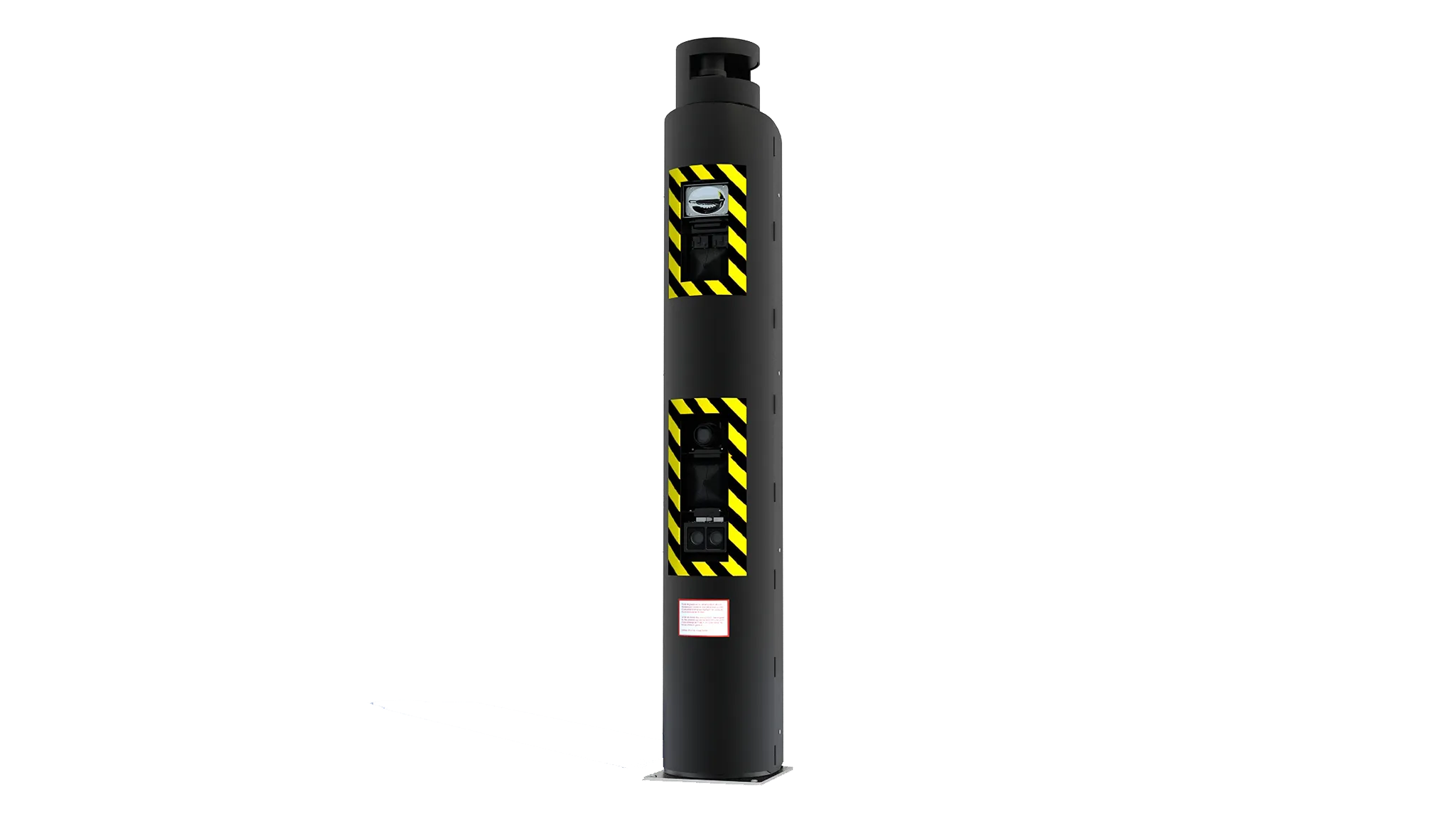PIPS Technology is highlighting SpeedSpike - the latest in average speed enforcement technology.
February 2, 2012
Read time: 1 min









